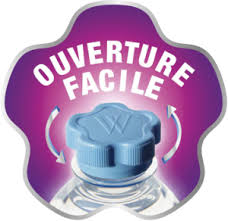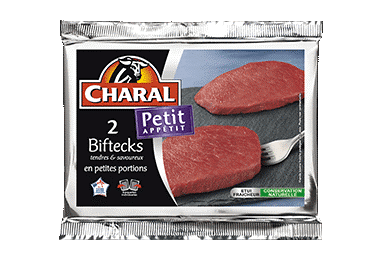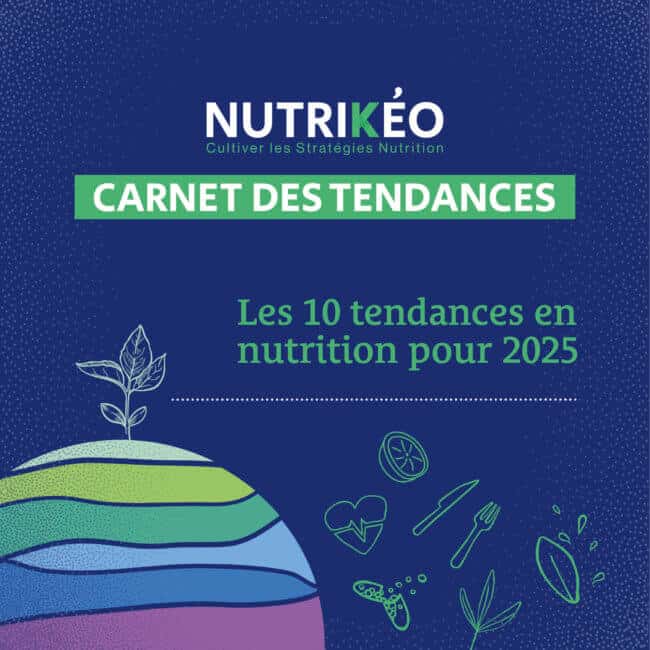The population of seniors is growing very rapidly. The 60+ age group represents nearly 20% of the population in France (Agropolis International, Personalized food for seniors, 2017). In 2040, 20 million people aged 60 and over are expected, as well as nearly 10 million aged 75 and over. But the ageing of the population is not really taken into account for the moment by industrialists who prefer to target the Millenials with trendy packaging.
Different habits according to the age of seniors
Food is an important consumption sector for seniors, which can be divided into two categories: the youngest, between 65 and 85 years old, and the oldest, over 85 years old. These two populations do not have exactly the same expectations regarding their diet. The « young » seniors have an increased sensitivity for homemade products and local products. They seek autonomy when they eat and are used to eating with their fingers thanks to the culinary trends of their generation: appetizers, buffets… Older people show a strong interest in traditional and homemade meals. They particularly enjoy soups and soups and often encounter problems such as chewing or swallowing problems.
Combine delicacy and swallowing disorders
Manufacturers must therefore offer quality, tasty and gourmet products that meet these different expectations. They must recall the authenticity of the recipes but also the terroir. For older people, it is relevant to offer foods of different textures to meet swallowing and chewing disorders, but also products enriched with proteins or vitamins & minerals to cope with malnutrition.
Adapt packaging to the senior target
In parallel to the improvement of revenues, manufacturers must particularly consider the optimization of their packaging. In our 
- Readability: The font size can be increased, colour contrasts must be sharp and instructions for use simplified, for example by using diagrams.
- The format: The portions can be readjusted to the senior’s appetite with individual portions for people who are alone or less hungry. The capacity can also be modified to make the products lighter.
- Opening and closing: The opening and closing systems must be more ergonomic to compensate for the decrease in gripping capacity. The tubes to be pressed, for example, may be thinner so as not to require too much force. The packaging lids can also be enlarged for a better grip.
Some examples of innovations aimed at seniors
Some manufacturers already offer products adapted to seniors in supermarkets. For example, Charal offers burgers and faux fillets in small 
Another example is Bonduelle Food Service, which provides solutions to EHPADs to meet the nutritional needs of the elderly. The company has made a commitment to the cooks of specialized establishments to meet the nutritional needs of seniors suffering from neurodegenerative diseases. A « Eat Hands » recipe guide has been written to help people who have difficulty handling food. These recipes are easy to swallow, they have simple tastes, known and appreciated by the elderly who maintain their autonomy at mealtime. Nutritional intakes are optimized and portions are adjusted.
This type of innovation is quite recent. It will be interesting to follow the actors who will dare to launch and to note the successes or failures of this type of launch.











